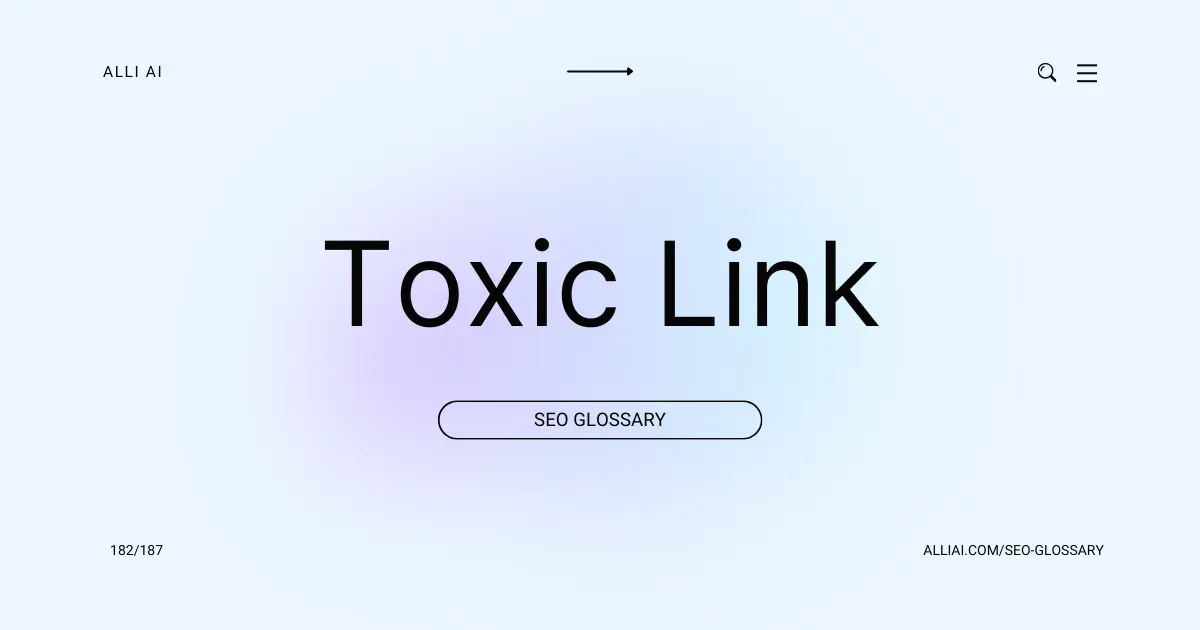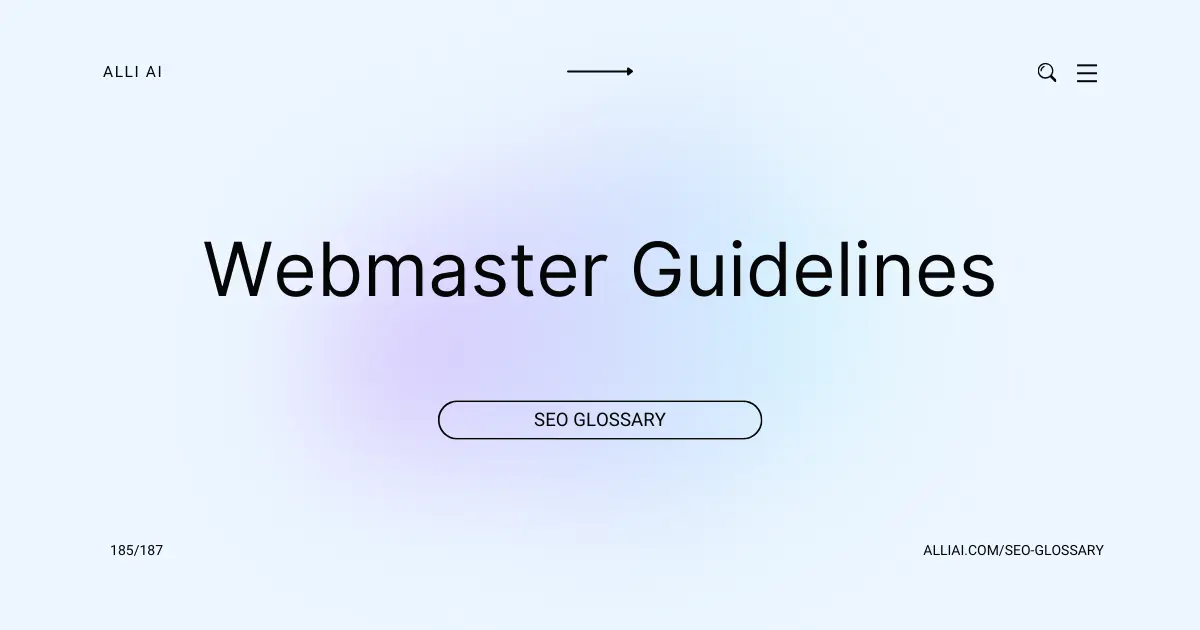What Does Query Deserves Freshness (QDF) Mean?
Query Deserves Freshness (QDF) is a concept used by Google’s search algorithm that identifies certain search queries that require the most current information to be relevant. When an event is new or there is a sudden increase in searches on a specific topic, Google temporarily boosts newer content in the search results to ensure that users get the most up-to-date information. This means that for topics that are currently popular or trending, fresh content is more likely to rank higher in search results.
Where Does Query Deserves Freshness (QDF) Fit Into The Broader SEO Landscape?
Query Deserves Freshness (QDF) fits into SEO as a component that adjusts the search rankings based on the freshness of the content, particularly when a topic experiences a sudden spike in interest or relevance. It is significant in scenarios where newer information is likely to be more valuable to the searcher, such as breaking news, trending topics, or recent events. SEO strategies, therefore, may include timely content updates and publication to leverage QDF for improved rankings on these fresh queries. This can make SEO more dynamic, requiring content creators and marketers to stay updated with current events and trends relevant to their niche to exploit the potential advantages of QDF in search rankings.
Real Life Analogies or Metaphors to Explain Query Deserves Freshness (QDF)
1. Query Deserves Freshness (QDF) is like a bakery’s display window: Just as a bakery puts its freshest pastries in the front window to attract customers, search engines prioritize the freshest and most relevant content for queries that require up-to-date information.
2. QDF as a newsstand: Imagine walking up to a newsstand where the most recent newspapers and magazines are displayed at the front. These are likely to contain the latest news and updates that are most relevant to current events, similar to how search engines show the latest results for certain queries.
3. QDF as a garden: Think of a garden where the gardener prioritizes watering the young, sprouting plants that need it the most to grow timely and healthy, rather than the mature, established plants. Similarly, QDF gives priority to newer information that is sprouting up and may be more relevant for certain queries.
4. QDF as a fridge restocking: Like when you restock your fridge with fresh groceries that fit the current week’s needs, ignoring older items that might be buried at the back, search engines refresh their results with the most timely and relevant content for particular queries.
5. QDF as a race: Consider a scenario where fresher athletes (new content) get a head start in a race against older competitors when the race conditions (search queries) favor newness, such as recent events or trending topics.
How the Query Deserves Freshness (QDF) Functions or is Implemented?
1. Keyword Monitoring: Search engines monitor search data to detect sudden spikes in queries for particular keywords or phrases.
2. Content Analysis: The search engine algorithm assesses whether the spike might be due to recent events or trending topics, suggesting a need for the freshest content.
3. Trigger Activation: If a freshness need is confirmed, the QDF algorithm is triggered for those specific terms or topics.
4. Adjustment of SERP Ranking Criteria: The algorithm temporarily adjusts the importance of freshness in the ranking criteria, favoring newer content over older, possibly more authoritative content.
5. Crawl Rate Increase: Search engines might increase the crawl rate of websites considered authoritative on the topic in question to quickly find and index new content.
6. Relevance Check: Newly indexed content is evaluated for relevance to the search query, ensuring it addresses the current interest or news.
7. Demotion over Time: As the interest in the query diminishes, or as it becomes less time-sensitive, the importance of freshness diminishes and ranking algorithms revert to more traditional factors such as authority, relevance, and quality of content.
Impact Query Deserves Freshness (QDF) has on SEO
Query Deserves Freshness (QDF) affects SEO by potentially boosting the rankings of content that covers trending topics or timely events when there is a spike in search queries for those subjects. This means that when a topic suddenly becomes popular and relevant, Google gives preference to newer or updated content, assuming it’s more useful to the searcher. This can lead to increased traffic and engagement for websites that quickly publish or update content related to these hot topics. However, for evergreen topics or queries without a time-based component, QDF has little to no impact, maintaining the emphasis on other ranking factors such as relevance, authority, and content quality. This relevance adjustment based on freshness can also enhance user experience by providing the most current information available for news-related or trend-based queries, catering to the users’ expectations for timely data.
SEO Best Practices For Query Deserves Freshness (QDF)
1. Identify trending topics: Use tools like Google Trends, BuzzSumo, or social media platforms to find current hot topics relevant to your industry.
2. Create high-quality content: Develop well-researched, informative content that addresses the trending topic. Ensure the content is engaging and useful to readers.
3. Optimize for keywords: Include relevant keywords naturally throughout the content. Focus on long-tail keywords that are specific to the trending topic.
4. Update frequently: Regularly add new information, statistics, and resources to your content to keep it fresh and relevant.
5. Use timestamps: Clearly display the publishing and updating dates on your content to show readers and search engines that your information is current.
6. Amplify reach through social media: Share your content on various social media platforms to generate more traffic and signal freshness to search engines.
7. Engage with your audience: Promptly respond to comments and questions on your content and social media posts to encourage interaction and increase visibility.
8. Link internally: Include links to other relevant, recently updated content on your site to help search engines understand the freshness of your overall site content.
9. Monitor performance: Use analytics tools to track how your content performs and make adjustments based on user engagement and traffic data.
10. Repurpose old content: Refresh old posts by updating them with new information and insights, then republish them to signal freshness to search engines.
Common Mistakes To Avoid
1. Over-Optimizing for Temporary Trends:
– Pitfall: Constantly chasing short-lived trends can make content quickly outdated or irrelevant, wasting resources.
– Solution: Balance evergreen content with timely updates or reactions to trends.
2. Ignoring User Intent:
– Pitfall: Misinterpreting why a query is trending can lead to poor relevance and user satisfaction.
– Solution: Analyze search intent carefully before creating content around trending queries.
3. Neglecting Content Quality:
– Pitfall: Rushing to publish timely content often leads to poor quality, affecting user engagement and trust.
– Solution: Maintain high content standards, ensuring accuracy and depth, even when addressing fresh topics.
4. Improper Keyword Usage:
– Pitfall: Stuffing content with trending keywords can result in penalties for keyword stuffing.
– Solution: Integrate keywords naturally into high-quality, relevant content.
5. Failing to Update Existing Content:
– Pitfall: Creating new pages for trending topics when updating an existing piece could be more effective.
– Solution: Revise and update already ranking pages to include fresh information and maintain SEO benefits.
6. Ignoring Technical SEO:
– Pitfall: Focusing solely on content freshness might lead to ignoring critical technical SEO aspects.
– Solution: Ensure the technical SEO foundations are solid to support the visibility of newly updated content.
7. Lack of Measurement:
– Pitfall: Not tracking the performance of freshly updated content can lead to missed opportunities for optimization.
– Solution: Use analytics to monitor performance and tweak strategies as necessary.
8. Excessive Focus on Freshness:
– Pitfall: Over-prioritizing newness can lead to neglecting topics that could perform well despite not being currently trending.
– Solution: Diversify content strategy to include a mix of fresh and stable, ongoing relevant topics.






